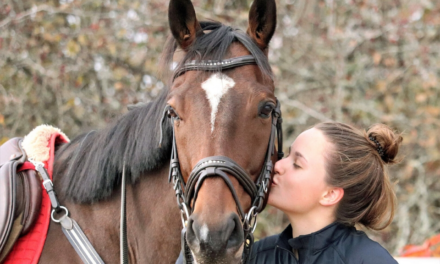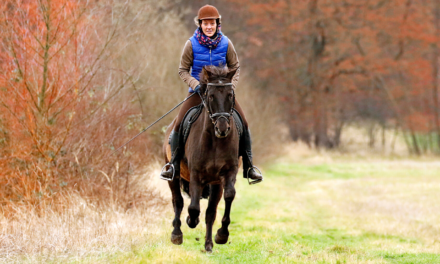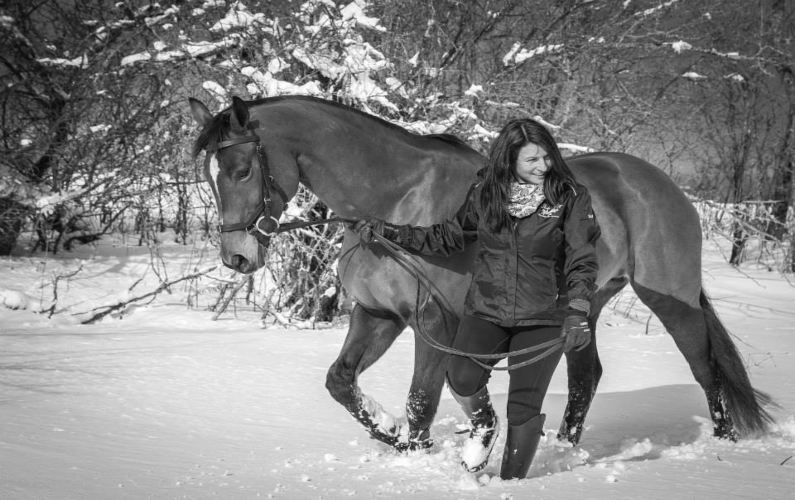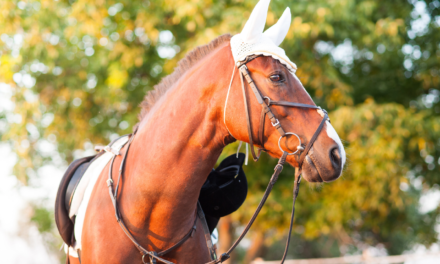We may earn money or products from the companies mentioned in this post. For more information please check out our disclosure page
While today many of us don’t consider where horses came from its interesting to think that they all descended from just one tiny animal, known as Eohippus, that lived around 60 million years ago and was no bigger than a small dog. Having evolved, over the centuries (and over millennia), into the wild horses that many familiar breeds now descend from. As we started to domesticate these horses we also began selectively breeding them for our own personal needs which resulted in, quite literally, hundreds of different breeds today, all with their own particular set of skills.
But why did we start to domesticate horses?
When prehistoric man first came across a horse he must have been hungry because at first he just saw the horse as a source of food. That said though there must have come a time, perhaps while out hunting, when he saw the speed of the horse and realized that if he could harness their speed he could catch other prey instead. One can only presume that the other prey tasted much better because today, other than in a few countries, we no longer eat them.
Having successfully caught and tamed the horse we can only imagine that prehistoric man, boosted by confidence, must have started to wonder what else the horse was capable of. And armed with this curiosity he must have started to explore the horse’s potential. At this time prehistoric man was mainly nomadic so having a horse would have made traveling much quicker and easier for him which is, to some extent, how the horse was able to cover the four corners of the world.
Selective breeding
We can’t know for sure but it wouldn’t be too much of a stretch of the imagination to think that when we first started to selective breed horses it was more of a hit and miss approach that produced mixed results. As we started to move around the globe though, the horse must have, to some extent, begun a natural selective breeding program itself as it adapted to the changing climate of its new environment, and this natural breeding would have helped early man in his efforts to create different breeds for each of his needs.
At first, we probably bred horses just for their speed and for their milk (even today some breeds, such as the Kyrgyz are still used for their milk) but at some point, we must have wondered what would happen if we bred a horse that was really fast with one that could jump very well. Since then we’ve literally created a horse for all reasons and for every purpose, from warmbloods that have an incredible sporting performance to cold bloods that can pull extremely heavy loads and hot bloods that have immense energy and endurance.
Hot-bloods
 Generally originating from the Middle East, hot blood breeds include the Arabian, Akhal-Teké and the Thoroughbred and are known for their light build, long legs as well as their thin skin. There will always be an exception to the rule but hot bloods breeds tend to be highly intelligent horses that are not only quick learners but are also high spirited and can be hot-tempered, although some people will argue that this is a sign of their intelligence and independent natures.
Generally originating from the Middle East, hot blood breeds include the Arabian, Akhal-Teké and the Thoroughbred and are known for their light build, long legs as well as their thin skin. There will always be an exception to the rule but hot bloods breeds tend to be highly intelligent horses that are not only quick learners but are also high spirited and can be hot-tempered, although some people will argue that this is a sign of their intelligence and independent natures.
Cold-bloods
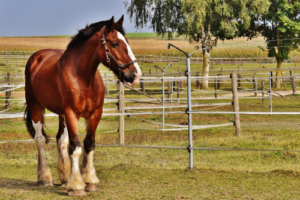 Including breeds such as the Shire and Percheron, cold blood breeds are also known as heavy or draft horses, and are loved for their strength as well as their amiable natures. Before the invention of mechanization they were widely used on farms to plow fields but also to pull wagons and carriages, even today they are still used on remote farms and to pull heavy wagons (just think of the Budweiser horses). They were also used during the Middle Ages to carry knights, along with all of their armor, into battle so needed to be extremely strong.
Including breeds such as the Shire and Percheron, cold blood breeds are also known as heavy or draft horses, and are loved for their strength as well as their amiable natures. Before the invention of mechanization they were widely used on farms to plow fields but also to pull wagons and carriages, even today they are still used on remote farms and to pull heavy wagons (just think of the Budweiser horses). They were also used during the Middle Ages to carry knights, along with all of their armor, into battle so needed to be extremely strong.
In terms of their nature, cold-blooded horses are the polar opposite of hot-blooded horses and as such are often referred to as gentle giants. They’re docile and can easily be handled by children as well as by adults.
Warmbloods
 Originating in Europe warmblooded horses have evolved by crossing hot-blooded breeds with cold-blooded breeds, this created horses that were bigger that than hot-blooded horses but also had the strength and the temperament of cold-blooded breeds. This has made them a favorite in the sports arena where they’ve won numerous gold medals in a range of disciplines.
Originating in Europe warmblooded horses have evolved by crossing hot-blooded breeds with cold-blooded breeds, this created horses that were bigger that than hot-blooded horses but also had the strength and the temperament of cold-blooded breeds. This has made them a favorite in the sports arena where they’ve won numerous gold medals in a range of disciplines.
Today’s horse
As you can see the horse has evolved (along with our help) from one tiny breed, Eohippus, into a species with literally hundreds of different breeds. While today’s horse has played a role in practically every aspect of our lives its most common role now is one of a family member and companion.
This article was written by Lucy from Horse Factbook
admin
Latest posts by admin (see all)
- A Horse For All Reasons – Guest Blog by Lucy from Horse Factbook - April 8, 2020
- How To Deal With A Spooky Horse Trail Riding - March 31, 2020
- Our Top 20 Amazon Equestrian Products - January 30, 2020


